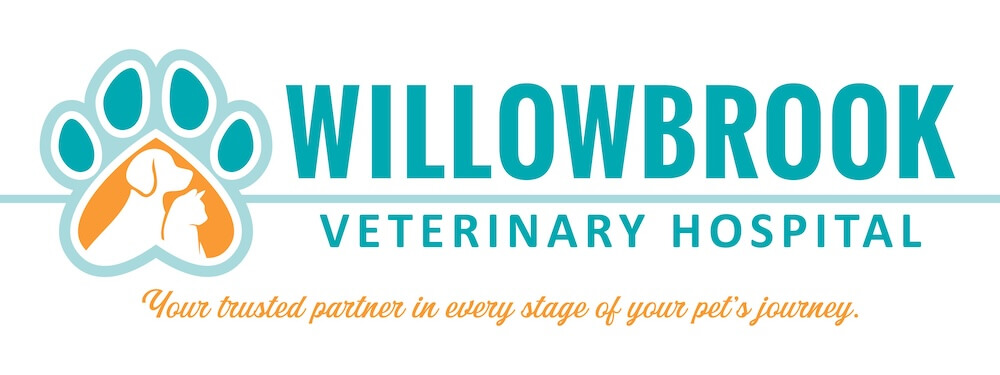Orthopedic Health in Cats: A Comprehensive Guide from Willowbrook Veterinary Hospital
At Willowbrook Veterinary Hospital, we understand that your cat’s mobility and comfort are paramount. Orthopedic issues can significantly impact a cat’s quality of life, but with timely intervention and proper care, many of these conditions can be managed effectively. This guide provides insights into common orthopedic problems in cats, their symptoms, treatment options, and preventive measures.
Common Orthopedic Issues in Cats
Cats can experience various orthopedic conditions, including:
- Arthritis (Osteoarthritis): A degenerative joint disease causing pain and reduced mobility.
- Hip Dysplasia: A malformation of the hip joint leading to instability and arthritis.
- Fractures: Broken bones resulting from trauma or underlying health issues.
- Luxating Patella: Dislocation of the kneecap, often due to a shallow trochlear groove.
Recognizing Orthopedic Problems in Cats
Signs that your cat may be experiencing orthopedic issues include:
- Limping or Lameness: Persistent or intermittent favoring of a limb.
- Reduced Activity: Reluctance to jump, run, or climb.
- Behavioral Changes: Irritability or withdrawal due to pain, sleeping more.
- Visible Swelling or Deformity: Indications of fractures or joint issues.
Immediate Steps if Your Cat is Limping
If you notice your cat limping:
- Limit Activity: Confine your cat to a small area to prevent further injury.
- Avoid Self-Diagnosis: Do not attempt to manipulate the affected limb.
- Consult a Veterinarian: Schedule an appointment for a thorough examination and appropriate diagnostics.
Treatment Options for Fractures
Fracture treatment depends on the severity and location:
- Splinting or Casting: For stable fractures, immobilization may suffice.
- Surgical Intervention: Complex fractures may require internal fixation using pins or plates.
- Pain Management and Antibiotics: To control discomfort and prevent infection.
Managing Hip Dysplasia
While hip dysplasia is less common in cats, it can cause significant discomfort:
- Symptoms: Limping, reluctance to move, and pain upon hip manipulation.
- Diagnosis: Confirmed through physical examination and radiographs.
- Treatment: Includes weight management, pain relief, and in severe cases, surgical options like femoral head ostectomy.
Understanding Arthritis in Cats
Arthritis is prevalent in older cats:
- Symptoms: Stiffness, decreased activity, and behavioral changes.
- Treatment: A multimodal approach involving pain medications, joint supplements, and environmental modifications.
Patellar Luxation Explained
Patellar luxation involves the dislocation of the kneecap:
- Causes: Congenital defects or trauma.
- Symptoms: Intermittent limping or skipping gait.
- Treatment: Mild cases may be managed conservatively; severe cases might require surgical correction.
Surgical Interventions for Orthopedic Conditions
Surgical options are considered when conservative treatments fail:
- Fracture Repair: Using internal fixation methods.
- Joint Surgery: Such as femoral head ostectomy for hip dysplasia.
- Patellar Realignment: To correct luxating patella.
Recovery times vary, with most cats regaining significant function within 8 to 12 weeks post-surgery.
Post-Surgical Care and Rehabilitation
Effective recovery involves:
- Restricted Activity: Limiting movement to prevent stress on healing structures.
- Physical Therapy: Incorporating exercises to restore mobility.
- Regular Follow-Ups: Monitoring healing progress through veterinary assessments.
Non-Surgical Management Strategies
For certain conditions, non-invasive treatments are effective:
- Medications: Pain relievers and anti-inflammatories.
- Weight Management: Reducing stress on joints.
- Environmental Adjustments: Providing ramps and soft bedding.
Preventing Orthopedic Injuries
Preventive measures include:
- Maintaining Healthy Weight: To minimize joint stress.
- Safe Environment: Eliminating hazards that could cause falls or injuries.
- Regular Exercise: To keep muscles strong and joints flexible.
Importance of Weight Management
Excess weight exacerbates orthopedic conditions:
- Increased Joint Stress: Leading to accelerated degeneration.
- Impaired Mobility: Making it harder for cats to exercise.
Implementing a balanced diet and regular activity can mitigate these risks.
Role of Physical Therapy
Physical rehabilitation aids in recovery and improves quality of life:
- Therapeutic Exercises: Enhancing strength and flexibility.
- Modalities: Such as laser therapy or hydrotherapy.
- Customized Plans: Tailored to individual needs and conditions.
Caring for Cats with Casts or Splints
Proper care ensures effective healing:
- Regular Monitoring: Checking for signs of swelling or discomfort.
- Keeping Dressings Dry and Clean: To prevent infections.
- Preventing Chewing: Using protective collars if necessary.
Breeds Prone to Orthopedic Issues
Certain breeds have higher susceptibility:
- Devon Rex and Abyssinian: More likely to experience patellar luxation.
- Maine Coon and Himalayan: Predisposed to hip dysplasia.
Awareness allows for proactive monitoring and early intervention.
Creating a Safe Home Environment
Enhance your cat’s comfort by:
- Providing Ramps or Steps: To access elevated areas.
- Using Non-Slip Mats: To prevent slipping on smooth surfaces.
- Maintaining Consistent Layout: Avoiding frequent rearrangement of furniture.
Identifying Sprains and Strains
Symptoms include:
- Limping or Favoring a Limb: Without visible injury.
- Swelling or Warmth: Around joints or muscles.
Treatment ranges from rest and anti-inflammatories to surgery in severe cases.
Importance of Regular Veterinary Check-Ups
Consistent monitoring allows for early detection of developing orthopedic issues
Schedule an Orthopedic Evaluation for Your Cat Today
At Willowbrook Veterinary Hospital, we’re committed to helping your cat stay active, comfortable, and healthy at every stage of life. If you’ve noticed any signs of orthopedic issues—or simply want to ensure your cat’s joints and bones are in good shape—contact us today to schedule an orthopedic consultation.
Call us at (503) 968-2911 or book an appointment online to give your cat the care they deserve.
